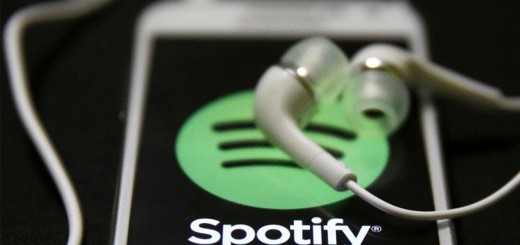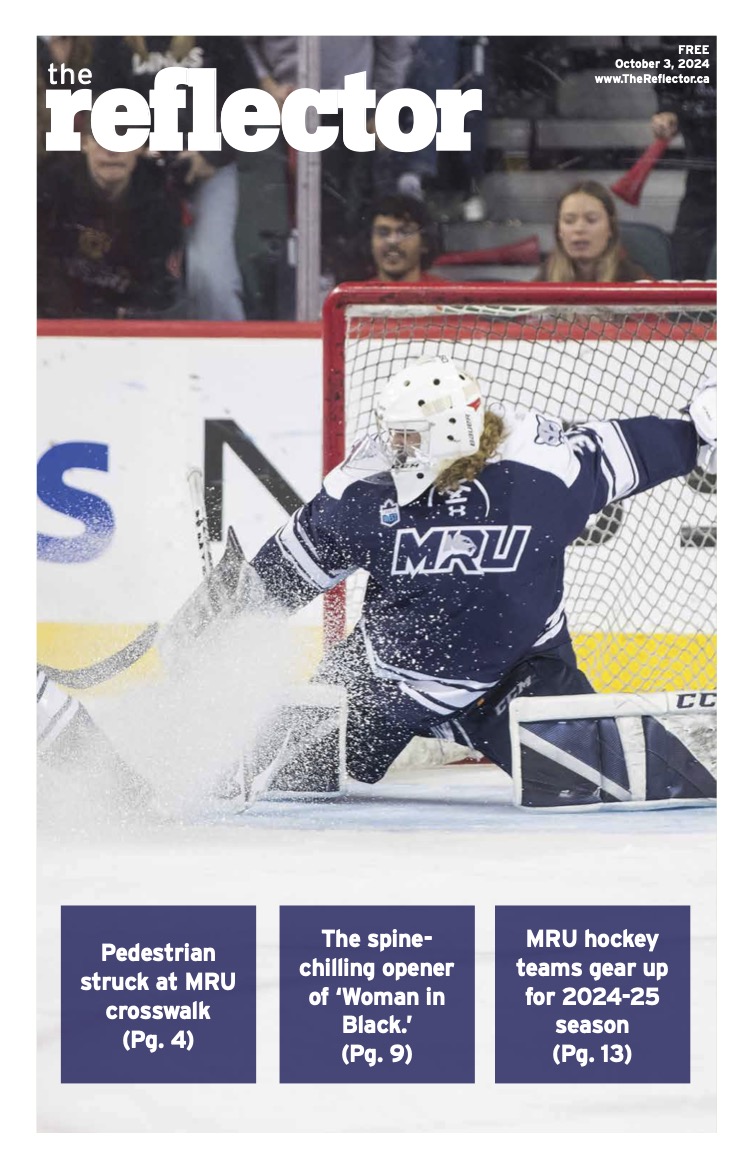Tips on Tipping
A server explains why you shouldn’t stiff
Maxine Sephton, Contributor
The holidays are rough on the wallet. Combine that with student debts, a bad economy and the high cost of Calgary living and it’s surprising that anybody is heading out to eat and drink these days. Despite all these things, people are still going to restaurants to spend money, but some of them might be trying to save some cash in the one place they shouldn’t: the tip. No matter your financial woes, don’t be one of these people.
Like any job, serving has its good days and bad days. And when your shift is almost done, you experience a sense of euphoria knowing that the day went smoothly. No complaints, no mess-ups, and everyone tipped you well. Your last table is friendly, willing to talk, and shows interest in you and your life. Yet all of this can change on the turn of a dime if you get stiffed on a tip by your table.
Tipping is believed to have originated in the United Kingdom during the 17th-century when pub-goers would give money to the waiter in order “to insure promptitude” otherwise known to the common person today as the “tip.” This custom spread to North America during the Civil War, when rich Americans returning back from Europe brought the concept home.
For those growing up in the early 2000s, it was customary to tip a minimum of 10 per cent. However, as time goes on, prices tend to increase, as well as the cost of living. From my experience in the serving industry 15 per cent is the new minimum for average service, 18 per cent tip for good service, 20 per cent tip for great service, and a tip over 20 per cent for excellent service.
A 15 per cent tip is for the server who simply went through the motions of the job and did not go above and beyond to make your visit more enjoyable. He or she greeted you and your party relatively quickly, got you drinks and food in a timely manner and was generally friendly.
An 18 per cent tip should be given to someone who also provided decent service, but went slightly above and beyond to make you happy. This could be someone who takes your name at the beginning, but also remembers it and addresses you as so throughout the visit.
A 20 per cent tip for great service is for someone who not only meets all serving standards, but goes above and beyond to make sure your experience is special. They could also give you some helpful insight into what to order by offering suggestions based on their personal favourite dishes and drinks. These servers are the ones that invest their time on you, asking about your day and your life.
Finally, excellent service, where you tip above 20 per cent should be given to those that jumped through hoops of fire to get the chef to make you something off menu, or someone who has entertained and served you throughout the meal and therefore made your day spectacular. They are the triple threat. They remember your name, keep you hydrated, and can also easily talk with you about the menu, or your life. Now for the tough part, what do you tip if you had terrible service, and an unaccommodating, unpleasant server who just barely served your meal? In the end, you are your own person and can decide accordingly. However, my rule, and mostly any server I know, will tip a minimum of 10 per cent in the direst of situations.
One of the most interesting things about working in the foodservice industry, is that servers do not receive the standard minimum wage. Instead, they receive a minimum wage that is specifically set for those who serve liquor. Up until recently, I was getting paid $9.20 an hour; meanwhile, minimum wage was $10.20. The idea behind this is that the government not only expects, but depends on customers to tip in order to make up for the lower wage. But what happens when people tip poorly on a bill, or worse, do not tip at all? Usually, people have no idea what they have just done. When people leave a restaurant without tipping, the server is actually paying out of their own pocket for them to eat and drink.
Let me break it down for you.. At the end of the night, when servers and bartenders calculate their total sales of the day, each total sale is multiplied by a “house tip.” This house tip goes towards the kitchen staff, such as chefs, cooks, line prep, etc., and sometimes even to the managers and hostesses. This number varies in restaurants and bars, but usually ranges between two and five per cent. In addition to the house tip, bartenders also need to be tipped out. This also varies from half a percent to three percent, depending on how involved the bartender is at the establishment. In addition, some restaurants also require servers to tip out bar assistants and food expeditors. So if your party’s bill was $100 and you gave your server five dollars (a five per cent tip), depending on how much he or she has to tip out, they will be paying for the difference.
Why not increase the minimum wage so that this doesn’t happen? Well, this might be the most logical solution but a higher minimum wage may lead to higher prices on food and drinks.
Putting the economy, the expensive holidays or even a student budget aside; if you can afford to go out and spend money on a meal make sure you can afford to tip your server accordingly.




